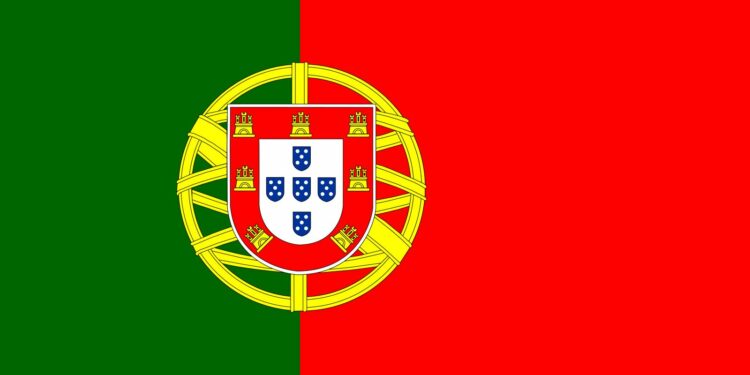Portugal’s vegetation is a mixture of Atlantic, or European, and Mediterranean (with some African) species. Overall, the former accounts for some two-thirds of species, but the regional distribution is revealing. North of the Mondego valley, nearly three-fifths of the plants are European species (some seven-eighths in the northern interior), and only one-fourth are Mediterranean. In the south the proportions are three-tenths and nearly one-half, respectively. One-third are foreign species, introduced in periods of colonization.
upper Douro River valleyVineyards and olive groves in the upper Douro River valley of the Trás-os-Montes area, Portugal.(more)
Millennia of human activity have left Portugal with only one-fourth of its area under woodland. The remainder of the country features two types of Mediterranean scrublands—called maquis and matorral, or steppe. Mixed deciduous trees are confined to the north and northern interior, where the landscapes of the Minho are lush and green except for the heaths (mato) of the Cambrian schists. These carry erica, heather, cistus, and bracken. The original oak climax (with Quercus robur as the dominant species) has been largely replaced by maritime pine with some cork oak and extensive plantations of eucalyptus. Olives extended into the north in Roman times but are now generally limited to elevations below 1,200 feet (400 metres); inland, where the summer drought is longer, they can be found in some areas with elevations as high as 2,200 feet (700 metres). In the Douro valley, juniper scrub has been replaced by vineyards.
The thickest forests in Portugal are found in the traditional province of Beira, where cultivation is limited to less than one-fourth of the area. Pines prevail in the north, chestnut groves on the granites, and ericas on the dense maquis. The elevational succession of vegetation is strongly marked on the Estrela Mountains, where a zone of Pyrenean oak extends above the pedunculated oaks, chestnuts, and pines to 5,500 feet (1,700 metres), while southern slopes are covered with a maquis of cistus and tree heath. The central ridge marks the southern limit of deciduous oak, which is thereafter replaced by Q. lusitanica (Portuguese oak). Heat-loving stone pines mix with maritime pines.
In the south the Alentejo still has extensive matorral and charneca, uncultivated land dominated by cistus or groves of cork oak, often managed in estates, and holm oak. Most of the Algarve landscape is dominated by the vine and by trees typical of Mediterranean arboriculture—olive, fig, almond, and carob.
The rich vegetation of both Madeira and the Azores has been Europeanized. The climate encourages year-round growth of a considerable variety of flora. A wealth of ferns, mosses, heaths (especially tree heaths), and junipers reflects the influence of grazing and human activities on these islands. About 100 plants are peculiar to Madeira, either as indigenous or as highly individualized varieties. Only Madeira has much woodland, most of it the result of reforestation (e.g., of poplar, pine, and eucalyptus). Two-thirds of Madeira is a conservation area; its Laurel Forest (Laurisilva) was designated a UNESCO World Heritage site in 1999.
Parks, reserves, and other protected areas covering more than 5 percent of the mainland have been declared from the far north of Portugal (Peneda-Gerês and Montesinho) to the extreme south (Formosa River), from the east (Malcata Mountains and Guadiana valley) to the west (Berlengas Islands, Sintra), and in several areas of natural beauty in between. Since the mid-1980s, environmental concerns and ecological associations have grown slowly but steadily. In 1990, as part of an effort to expand protection of the environment, the government established an environment ministry.
Source link : https://www.britannica.com/place/Portugal/Climate
Author :
Publish date : 2024-10-26 05:00:00
Copyright for syndicated content belongs to the linked Source.


